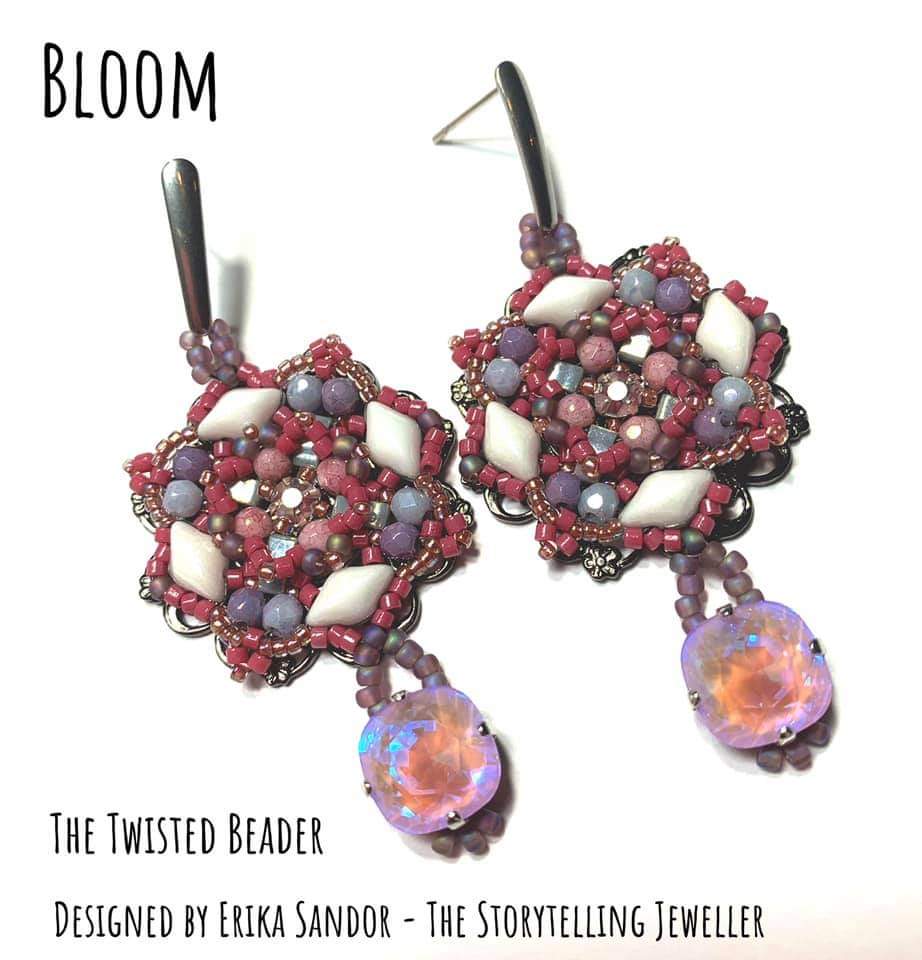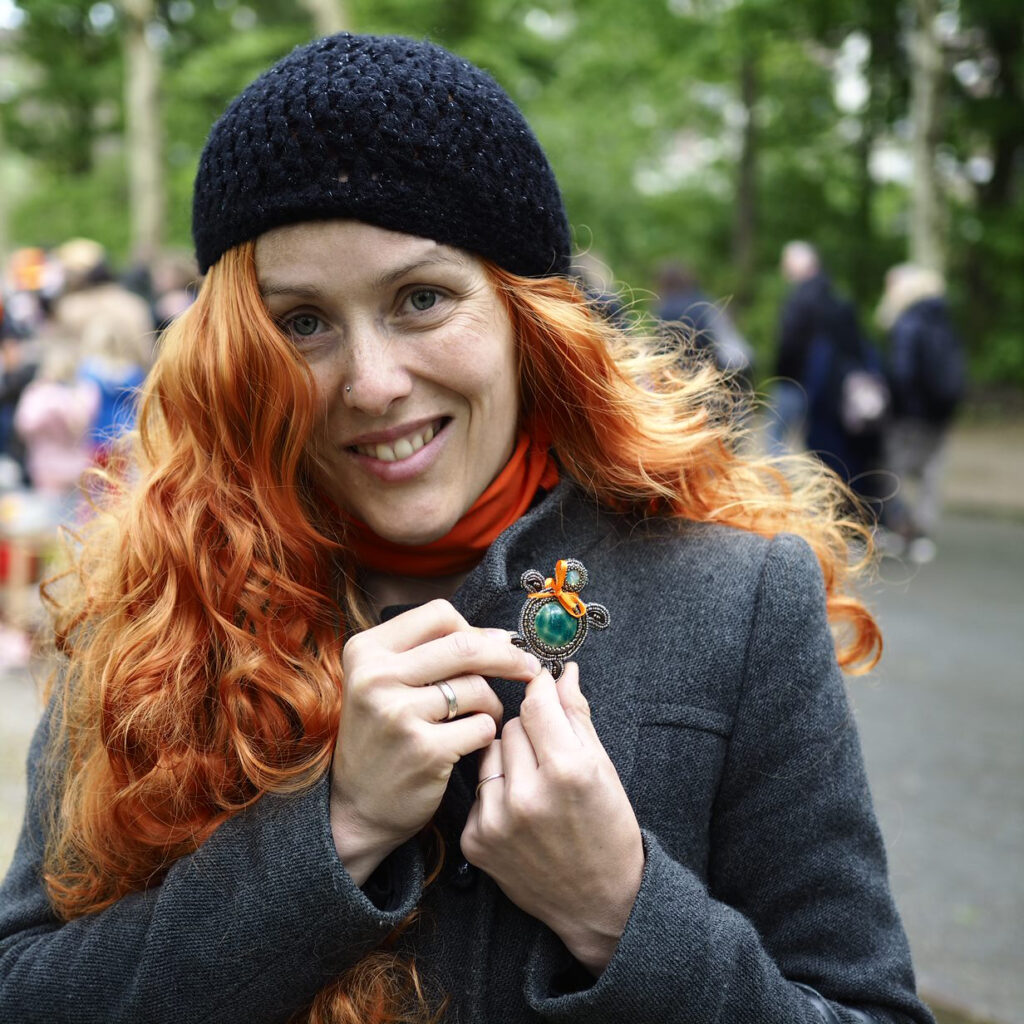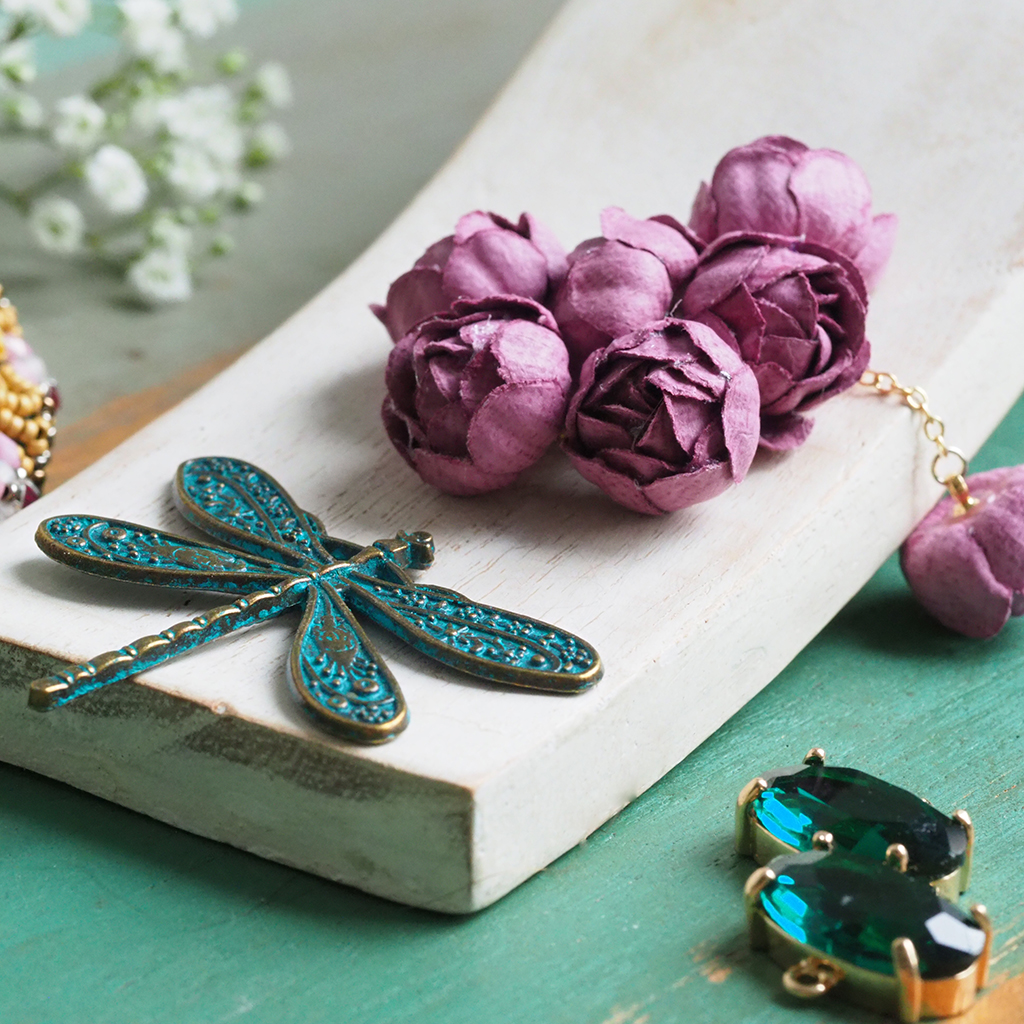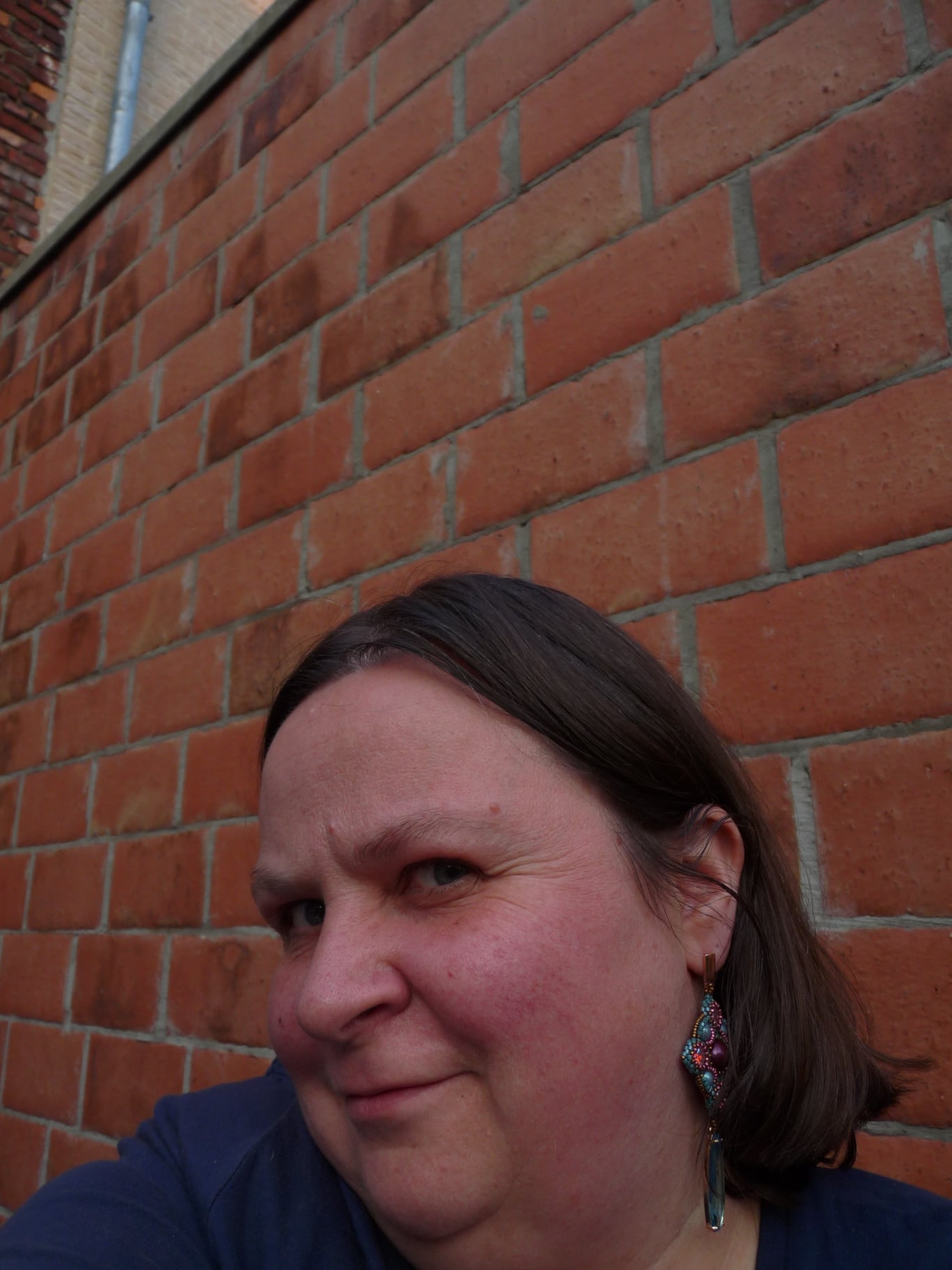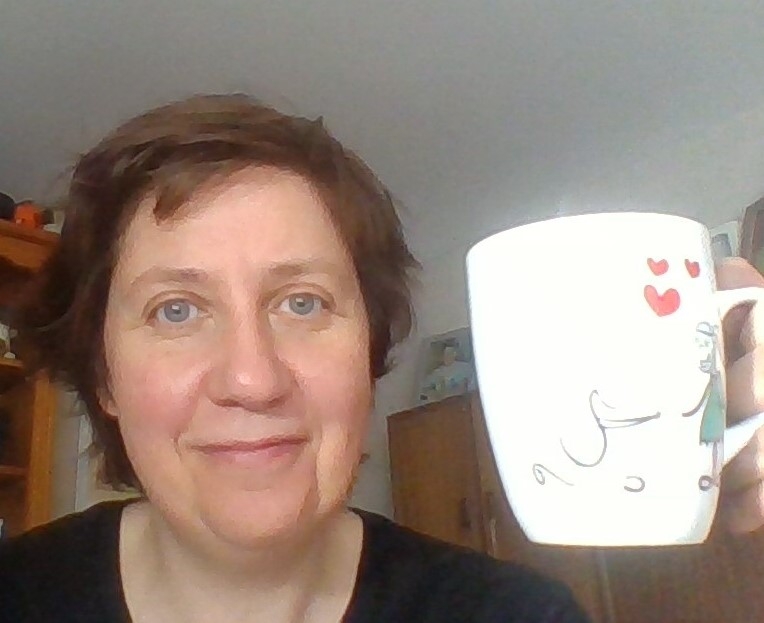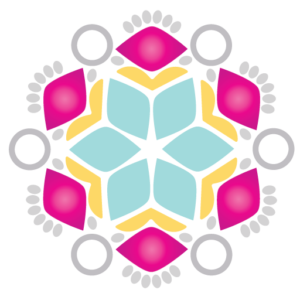The biggest and most valuable beady adventure that we’ve created.
It’s a fun beady experience, designed and guided by Erika, that comes with an inspiring collection of beads and components every 2 months, an e-learning area with articles and beading tutorials, and a community of Beadingschool Students who shape the whole experience together.
Every second month, we’ll explore a different theme. You’ll step into a story, where beads and components will feel like artefacts from a magical world. There will be articles introducing you the inspiration behind the themes: artistic styles like Art Nouveau or Art Deco, famous characters like Vincent Van Gogh, painter of the Starry Night, or special places like Rajasthan, the land of maharajas, or Marrakesh and its thousand-year-old colours, joy, and traditions.
The beads and components that you receive will become jewels for the main character of these stories = YOU.
Sign up today to be a part of this adventure and to take advantage of all the bonuses!















